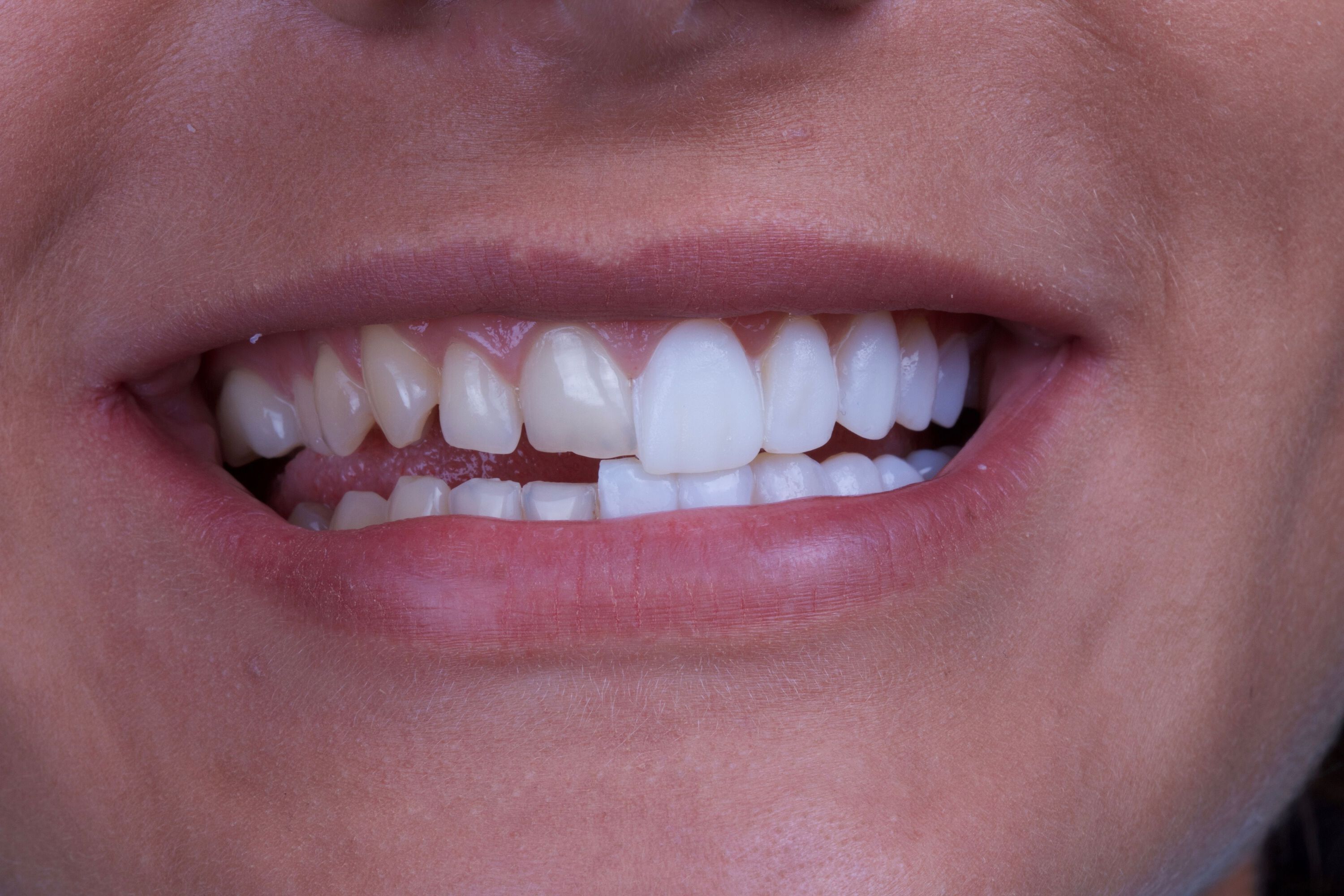Dental veneers are a form of cosmetic dentistry in which a shell or layer of tooth-colored porcelain or composite is placed over the facial surfaces of your teeth to correct worn tooth enamel, uneven tooth alignment or spacing, discoloration and chips or cracks.
Although dental veneers fall into the category of cosmetic dentistry because they create bright, white smiles with beautifully aligned, shapely teeth, they also protect the surface of damaged teeth and may eliminate the need for more extensive treatments. Other benefits of veneers include durability, an improved smile appearance, and the need for little-to-no removal of tooth structure compared to crowns.
Cosmetic Veneers
Regardless of what causes unattractive teeth, dental veneers may solve most or even all of your cosmetic dental issues, including:
Worn enamel:Over time, the thin, hard translucent substance covering your teeth (enamel) may become worn, dulled and discolored. Such wear and discoloration may be natural or result from a genetic predisposition. However, it often results from consuming soft drinks, tea or coffee; smoking; using certain medications, etc.
Wear and tear: Teeth naturally wear down as people age. Aged teeth are more likely to have chips, cracks or a generally uneven appearance.
Genetics: Certain people are born with abnormal spacing between their teeth that widens with age.
Uneven teeth: Uneven teeth can result from tooth grinding or general wear and tear.
The two most common materials used to fabricate or create dental veneers are composite resin and porcelain. Indirect (created outside of your mouth) porcelain veneers and composite veneers are made by a dental technician in a dental laboratory; direct (created directly on your teeth) composite veneers are made by your dentist during your appointment at the dental office.
Porcelain dental veneers are more appropriate solutions for severe cases involving dullness, wear, discoloration, extensive chipping, cracking, spacing or uneven teeth.
Composite bonding or just bonding — which refers to direct composite veneers — is an inexpensive, effective and minimally invasive way to restore and correct small chips, cracks and discoloration in the teeth.
The removal of any natural tooth structure is permanent, so cosmetic dentists today prefer to offer patients the most minimally invasive options first. If your natural teeth are functionally and esthetically adequate, dental veneers may not be an appropriate treatment for you.
However, if you have severely dull or discolored teeth, your treatment options may include porcelain dental veneers or composite veneers. Veneers do have the added benefits of longevity and a proven ability to enhance the appearance of the mouth, smile and other facial features that are better supported by properly shaped teeth.
Porcelain dental veneers or direct composite veneers may require the "shaping" or "prepping" of all teeth being treated. Therefore, some cosmetic dentists first recommend teeth whitening to people with mildly discolored teeth who want a whiter and brighter smile because it is the least invasive cosmetic dentistry option. If crooked teeth or alignment issues are involved, whitening also may be combined with orthodontic treatments, including Invisalign.
Care must be taken not to abuse veneers because the thin porcelain shells or composite layers can be damaged or break.
Your dentist may advise you against certain uses or dietary tendencies (such as eating carrots) and may recommend you wear a protective appliance while sleeping, especially if you are a bruxer.

